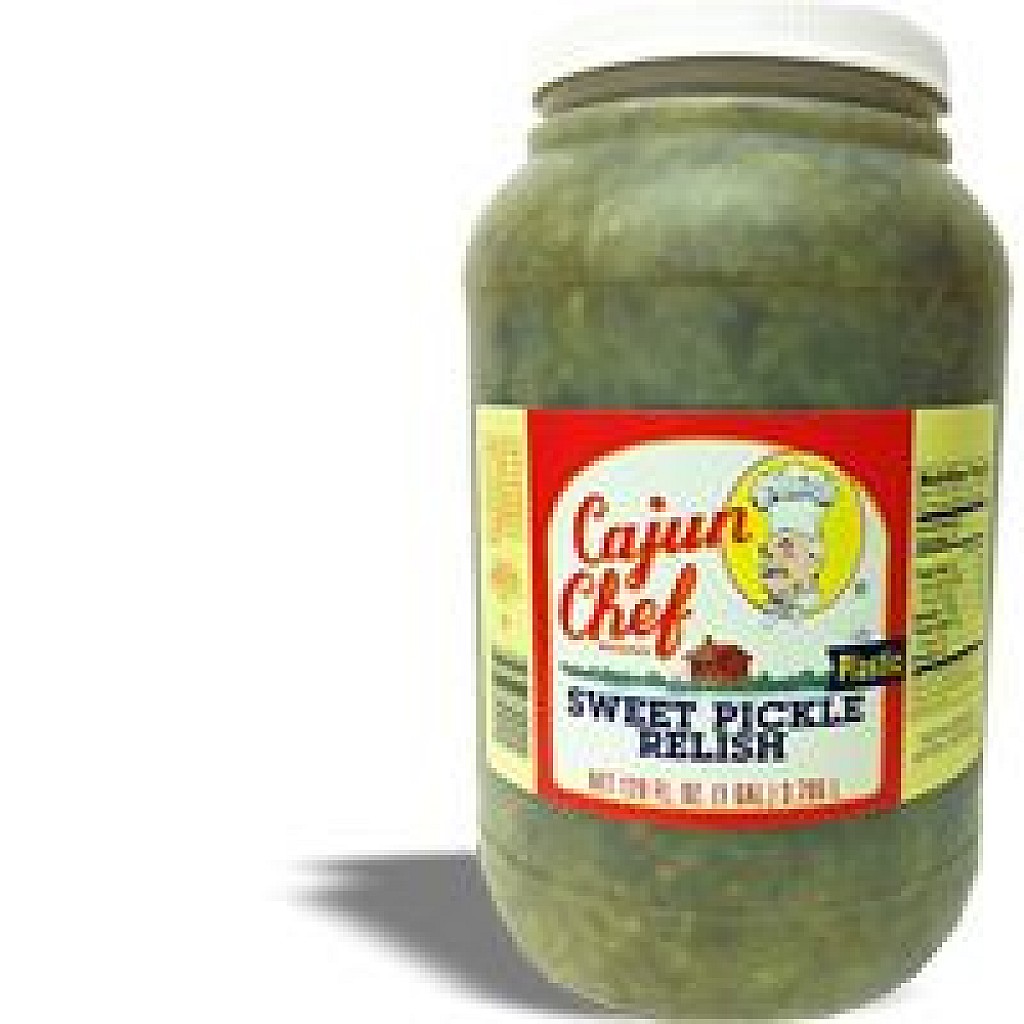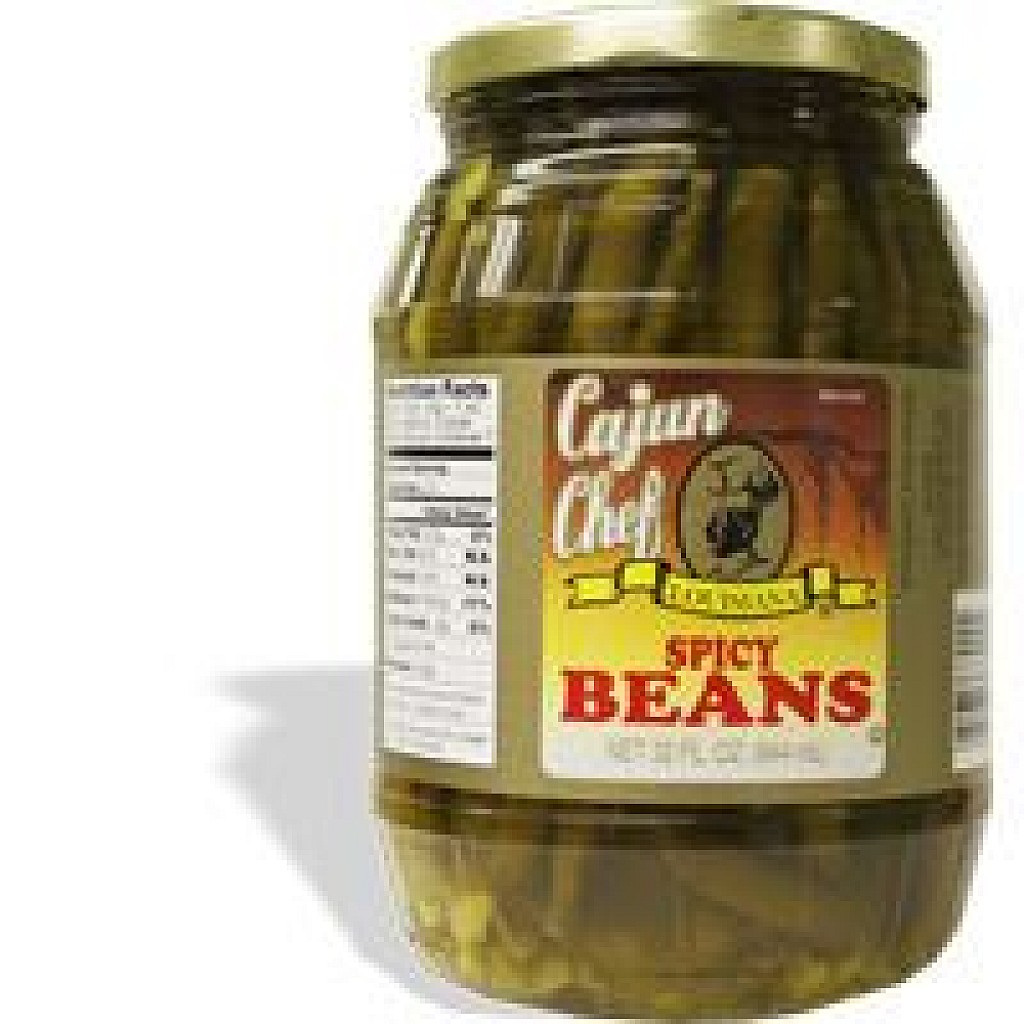The culinary world often celebrates figures whose creations tell a story, and when it comes to the rich, flavorful traditions of Louisiana, a certain kind of cook, a "Cajun chef" if you will, comes to mind. This isn't just about following a recipe; it's about a way of life, a deep connection to ingredients, and a passion for bold tastes that, you know, really sing on the palate.
This particular cooking approach, so tied to the bayou and its bounty, speaks volumes about the individual who prepares these dishes. It's a style that asks for a confident hand, someone who understands how heat and spice come together to create something truly memorable. You might say it's more about the spirit of the cooking than, perhaps, a single person.
So, we're going to take a closer look at what makes this kind of cooking tick, exploring the methods and ingredients that define the heart of Cajun food. It's an exploration that, in a way, helps us understand the essence of the cook who brings these flavors to life, just a little.
- Ray Romanos Personal Life
- Rosemary Garcia Of Coachella Valley
- Shaquille Oneals Mothers Name
- Quvenzhane Wallis
- Alyne Tamir Age
Table of Contents
- The Heartbeat of Cajun Cooking - Who Was The Cajun Chef?
- What Defines the Cajun Chef's Kitchen?
- How Does a Cajun Chef Build Flavor?
- The Art of the Cajun Chef's Skillet
- Is Time a Cajun Chef's Ally?
- What Dishes Does a Cajun Chef Prepare?
- The Signature Touches of a Cajun Chef
- The Legacy of the Cajun Chef's Taste
The Heartbeat of Cajun Cooking - Who Was The Cajun Chef?
The essence of a "Cajun chef" isn't tied to one person, but rather to a collective understanding of flavor and technique passed down through generations. This cook, in a way, embodies the very soul of Cajun food. It's about taking simple, wholesome ingredients and, basically, transforming them into something quite extraordinary. Consider, for instance, the foundational steps in many Cajun dishes. There's a real emphasis on building flavor from the ground up, starting with a powerful seasoning blend. You're asked to sprinkle on the remaining Cajun spice, and add salt if needed, which tells you that the person behind these recipes trusts their palate and encourages you to do the same. This isn't a rigid rulebook, but more a guide, allowing for personal adjustment. The chef, therefore, is someone who understands this balance, someone who knows when a little more zest is needed, or perhaps a touch more salt to make the tastes pop. It's a very intuitive way of preparing food, honestly.
What Defines the Cajun Chef's Kitchen?
When you think about the workspace of a Cajun chef, or really, anyone making this kind of food, it's pretty clear that certain elements are key. The kitchen isn't just a place to cook; it's where ingredients come together in a very specific dance. For example, the instruction to preheat the oven to 350 degrees F suggests a methodical approach to cooking, a readiness for the next step. This isn't a hurried process; it's a prepared one. Then there's the mention of cooking pasta in the sauce—instead of in a separate pot of boiling water—cuts down on time, which points to a practical, efficient mindset. The Cajun chef, you know, values getting the most flavor with the least fuss, making sure every component adds to the overall dish. It's also about having the right tools, like a cast iron skillet, which is almost essential for achieving those signature dark crusts. This person is someone who appreciates tradition but also looks for smart ways to get things done, more or less.
How Does a Cajun Chef Build Flavor?
Building flavor is, arguably, the cornerstone of Cajun cooking, and it's where the "Cajun chef" truly shines. It’s not just about throwing ingredients into a pot; it’s about coaxing out their very best. The direction to cook over high heat for 1 minute, stirring gently and trying to get the vegetables as dark/black as possible, shows a deep understanding of how heat changes food. This isn't about burning, but about caramelizing, creating a rich, deep base that will carry through the entire dish. It's a bold move, really, to push vegetables to that point, and it speaks to a confidence in the kitchen. Then there’s the famous "trinity" of onions, bell peppers, and celery, which gives it a distinctive Cajun flavor. This combination is the aromatic soul of so many dishes, providing a fresh, earthy foundation. It’s a simple concept, yet incredibly effective, and it’s something every Cajun chef knows by heart. The use of seasoning, like Cajun seasoning, salt, and pepper, isn't just an afterthought; it's a deliberate act to enhance every bite. This cook understands that layers of flavor create something truly memorable, you know.
The Art of the Cajun Chef's Skillet
The skillet, especially a cast iron one, is almost like a painter's canvas for the Cajun chef. It's where some of the most dramatic transformations happen. The instruction to dredge the chicken breasts in the blackening spice and place in a cast iron skillet over very high heat is a prime example of this. This isn't a gentle sauté; it's a quick, intense burst of heat that creates a crust, a beautiful, almost charred exterior that seals in the juices and adds incredible texture. Blacken both sides of the chicken and place in the oven, too, suggests a two-step process: searing for flavor and color, then finishing in the oven for even cooking. This technique is a hallmark of Cajun cooking, and it requires a certain fearlessness with heat. The Cajun chef, in a way, is a master of this high-temperature dance, knowing exactly when to pull the food off the direct heat and let the oven do the rest. It's about achieving that perfect balance of crispy outside and tender inside, a skill that comes from practice and a good feel for the food, basically.
Is Time a Cajun Chef's Ally?
For the Cajun chef, time is often a resource to be managed wisely, not wasted. While some dishes might simmer for hours, there's also a clear appreciation for efficiency where it counts. The note that cooking the pasta in the sauce—instead of in a separate pot of boiling water—cuts down on time, highlights this practical approach. It’s a clever trick that not only saves minutes but also infuses the pasta with the rich flavors of the sauce itself. This speaks to a cook who is both resourceful and keen on getting delicious food on the table without unnecessary steps. It’s about making smart choices that streamline the process without sacrificing taste. The quick & easy more sausage recipes 5 ingredients or less highly rated creamy Cajun chicken and sausage fettuccine jambalaya 17 jambalaya, too, shows that the Cajun chef understands the need for recipes that fit into busy lives, proving that great flavor doesn't always require an entire day in the kitchen. It’s about being effective, you know, and still delivering a fantastic meal.
What Dishes Does a Cajun Chef Prepare?
The range of dishes a Cajun chef might prepare is, actually, quite varied, yet they all share that distinctive flavor profile. From the provided text, we see a focus on hearty, comforting meals. Ree's update of America's favorite fettuccine alfredo includes chicken and Cajun seasoning, showing how traditional dishes can be given a Bayou twist. This suggests a chef who is creative and willing to adapt, bringing that spicy, savory kick to familiar favorites. Then there’s the mention of jambalaya, a true staple. Cajun recipes it's time to head down to the bayou and learn about jambalaya, andouille sausage and the finer points of Cajun cuisine, which really sets the scene. The chef is someone who champions these classic, one-pot wonders, understanding the nuances of ingredients like andouille sausage. We also see references to deviled eggs, seasoned with mayonnaise for creaminess, which indicates a chef who pays attention to every detail, even for a simple appetizer. And, of course, there's the classic creamy side dish that takes advantage of both the sweetness and the starchiness of fresh corn, showcasing a knack for elevating humble ingredients. It’s a broad menu, but each item, in a way, carries the chef's signature bold taste, you know.
The Signature Touches of a Cajun Chef
A Cajun chef, in some respects, is all about those finishing touches that bring a dish to life. It’s not just about the main components; it’s about the subtle additions that make the flavors sing. For instance, the instruction to add the shrimp and sausage back to the pan after they’ve been cooked separately ensures they are perfectly warmed through and coated in the sauce without being overcooked. This attention to timing and texture is a hallmark of someone who truly cares about the final product. Then, to top with the crispy chicken bites, adds another layer of texture, a satisfying crunch that contrasts with the softer elements of the dish. This shows a chef who thinks about the full experience, not just the primary flavors. And, of course, the simple yet effective garnish with the green onions provides a fresh, bright counterpoint to the richness of the meal. These small, thoughtful steps are what elevate a good dish to a great one, and they are, basically, what you'd expect from a cook who embodies the Cajun spirit, you know.
The Legacy of the Cajun Chef's Taste
The legacy of the "Cajun chef" isn't found in a single person's biography, but in the enduring appeal of the food itself. It's in the way that distinct flavors, like those from the trinity of onions, bell peppers, and celery, become instantly recognizable. It's in the bold application of seasoning, where you're encouraged to season with Cajun seasoning, salt, and pepper, trusting your own taste buds. This approach creates dishes that are consistently vibrant and deeply satisfying. The cooking methods, from blackening chicken over high heat to simmering pasta directly in its sauce, are techniques that have been refined over time to extract maximum flavor and efficiency. The recipes, like the various jambalaya preparations or the creamy corn dishes, are more than just instructions; they are invitations to experience a culture through its food. The Cajun chef, therefore, leaves behind a legacy of rich, comforting, and unforgettable tastes that continue to bring people together, more or less, around the table. It’s a tradition that, honestly, just keeps on giving.
Related Resources:
Detail Author:
- Name : Carmine Blanda
- Username : colt.hoppe
- Email : britney77@yahoo.com
- Birthdate : 1989-02-15
- Address : 6736 Batz Ville Reynoldschester, RI 07461
- Phone : +1 (860) 363-7011
- Company : Nicolas LLC
- Job : Clerk
- Bio : Temporibus officiis labore laborum totam omnis dignissimos rerum voluptas. Delectus assumenda nemo quia asperiores. Modi a maiores consequatur aut veritatis molestiae minima veritatis.
Socials
instagram:
- url : https://instagram.com/wunsch1985
- username : wunsch1985
- bio : Neque nisi ipsa esse qui. Sunt repellat ea porro ad eos.
- followers : 355
- following : 2101
twitter:
- url : https://twitter.com/ewunsch
- username : ewunsch
- bio : Autem saepe veniam eveniet unde. Maxime et quos et ut. Occaecati numquam aspernatur laboriosam in ut ea in corrupti. Quas pariatur consectetur voluptatem fuga.
- followers : 606
- following : 2247
linkedin:
- url : https://linkedin.com/in/wunsche
- username : wunsche
- bio : Velit et ratione deleniti repudiandae et.
- followers : 2420
- following : 2368
facebook:
- url : https://facebook.com/eldon6461
- username : eldon6461
- bio : Sint quis perspiciatis nesciunt iste et.
- followers : 2442
- following : 1693



